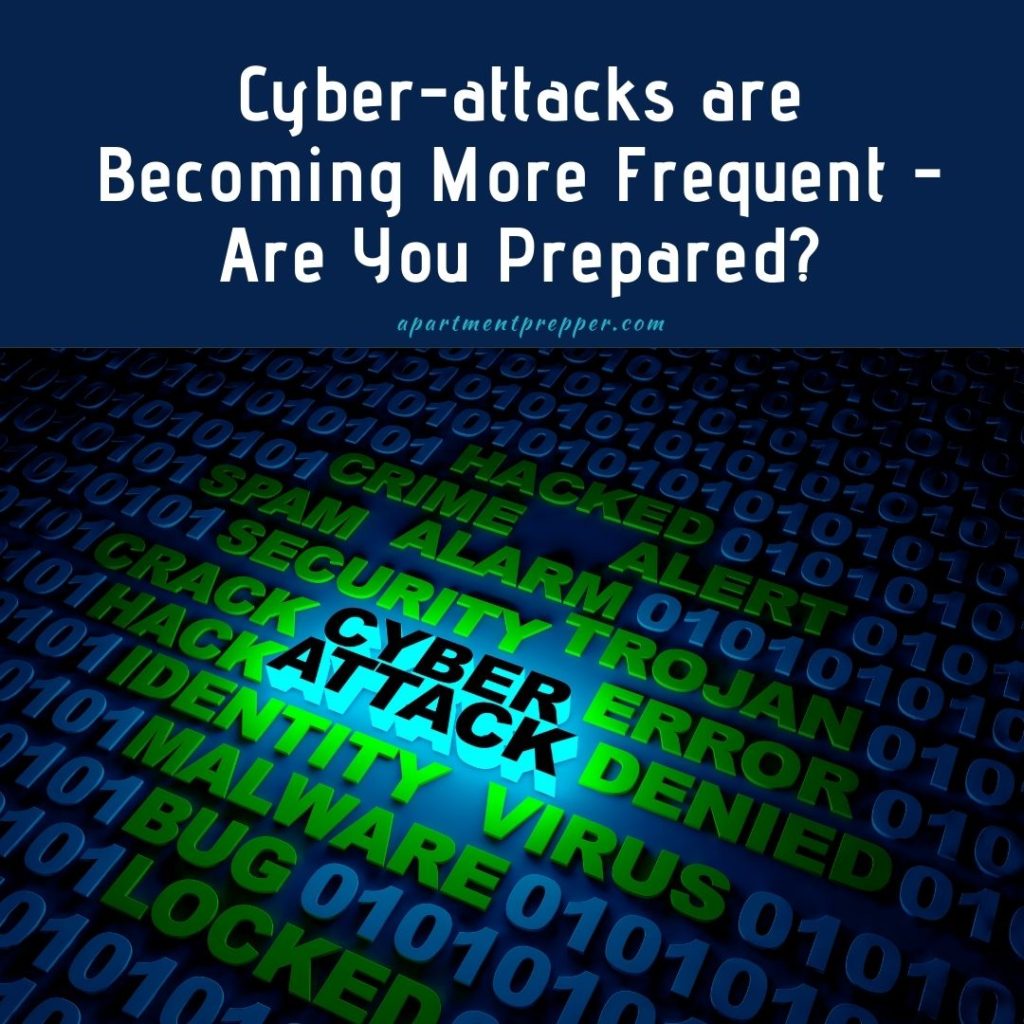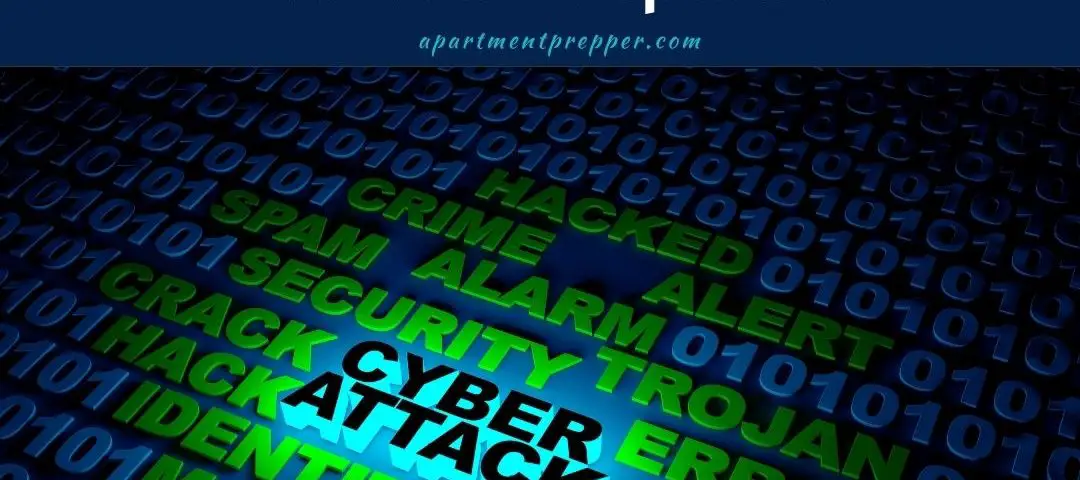Written by Bernie Carr
We are hearing about cyber-attacks on a daily basis; these are becoming more common and increasing in larger scale. We’ve already seen that banking institutions are frequently targeted. Now, cyber- criminals have even targeted infrastructure such as water, electricity, food.
Water
In February of this year, a cyber-criminal tried to poison an entire city’s water supply. The hacker took control of a worker’s computer and tried to change the levels of sodium hydroxide, also known as lye or caustic soda in the water supply. Sodium hydroxide is used to remove metals from the water during treatment, as well as control water acidity. At high levels, sodium hydroxide can damage human tissue. Fortunately, the worker was able to correct the changes and the public was not endangered.
Electricity
A few days ago, an electricity provider in Puerto Rico was attacked: a distributed denial of service (DDoS) attack that prevented customers from accessing their accounts. A fire later broke out that disrupted services for 800,000 customers. The company is unsure if the cyber-attack and fire are related.
Food
A multi-national meat processing company, JBS SA had to close down their American beef operations for two days as they shut down their computer systems due to a ransomware threat.
Gasoline pipeline
Colonial Pipeline, which operates a major U.S. energy pipeline was forced to suspend operations after a cyber-attack. The company transports more than 100 million gallons of fuel daily, through a pipeline system across thousands of miles between Texas and New Jersey.
Frequent and larger attacks
Last year, I posted that the COVID-19 crisis increased the threat of cyber-attacks. Cyber-criminals have continued to hone their tactics since then, as they found more effective ways to instigate their attacks. According to Security Magazine:
The pandemic’s work-from-home reality resulted in an unprecedented change for organizations as they fought to defend exponentially greater attack surfaces from cybercriminals armed with powerful cloud-based tools, cloud storage and endless targets. As working environments evolved, so did the methods of threat actors and other motivated perpetrators, as detailed in the latest 2021 SonicWall Cyber Threat Report.
The 2021 SonicWall Cyber Threat Report highlights how COVID-19 provided threat actors with ample opportunity for more powerful, aggressive and numerous attacks, thriving on the fear and uncertainty of remote and mobile workforces navigating corporate networks from home.
Source: Security Magazine
The government is concerned about these attacks and is taking action. According to Newsmax:
Since then, the White House has announced a 100-day initiative aimed at protecting the country’s electricity system from cyberattacks by encouraging owners and operators of power plants and electric utilities to improve their capabilities for identifying cyber threats to their networks. It includes concrete milestones for them to put technologies into use so they can spot and respond to intrusions in real time. The Justice Department has also announced a new task force dedicated to countering ransomware attacks in which data is seized by hackers who demand payment from victims in order to release it.
Source: Newsmax
How do you prepare?
Because critical services are being threatened by these cyber-attacks, we need to be prepared for service disruptions:
- Prepare for a power outage. You should have a portable power bank to charge small electronic devices such as smart phone, tablet, flashlight, etc.
- Make sure you have water stored at home, in case the water supply is threatened. Learn about emergency water sources in your area. Have a way to purify water.
- Have some food stored at home.
- Make sure you have an emergency cash stash. In the event ATM and credit card processors are compromised, stores will only accept cash. Have some small bills and change set aside-carry at least $40 in your car or wallet so you don’t get stranded with no way to pay if an outage happens.
- Keep your gas tank at least half full.
- Have a paper backup of your important documents. It’s also a good idea to backup your important documents in a separate storage drive in case your computer gets hacked.
- Keep a well-stocked first aid kit in case you are unable to leave your home and an injury occurs. You may not be able to look up symptoms online so have a first aid book handy.
- Consider ways to communicate when the grid is down. Ham radio is another option.
Hopefully, you will not experience any service or utility interruptions caused by a cyber-attack. But, just like getting ready for disasters, it’s better to be prepared in case it happens.
We are an affiliate of Amazon.com, which means we received a small commission if you click through one of our Amazon links when you shop, at totally no cost to you. This helps keep the lights on at the blog. Thanks!
About the author:
Bernie Carr is the founder of Apartment Prepper. She has written several books including the best-selling Prepper’s Pocket Guide, Jake and Miller’s Big Adventure, The Penny-Pinching Prepper and How to Prepare for Most Emergencies on a $50 a Month Budget. Her work appears in sites such as the Allstate Blog and Clark.com, as well as print magazines such as Backwoods Survival Guide and Prepper Survival Guide. She has been featured in national publications such as Fox Business and Popular Mechanics. Learn more about Bernie here.


